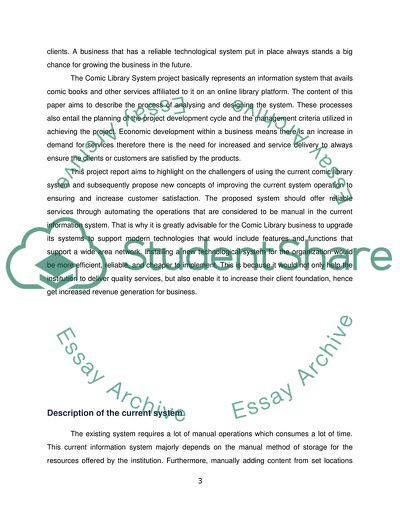Cite this document
(“Report on Information System Analysis and Development - Comic Library Coursework”, n.d.)
Report on Information System Analysis and Development - Comic Library Coursework. Retrieved from https://studentshare.org/information-technology/1668245-report-on-information-system-analysis-and-development-comic-library
Report on Information System Analysis and Development - Comic Library Coursework. Retrieved from https://studentshare.org/information-technology/1668245-report-on-information-system-analysis-and-development-comic-library
(Report on Information System Analysis and Development - Comic Library Coursework)
Report on Information System Analysis and Development - Comic Library Coursework. https://studentshare.org/information-technology/1668245-report-on-information-system-analysis-and-development-comic-library.
Report on Information System Analysis and Development - Comic Library Coursework. https://studentshare.org/information-technology/1668245-report-on-information-system-analysis-and-development-comic-library.
“Report on Information System Analysis and Development - Comic Library Coursework”, n.d. https://studentshare.org/information-technology/1668245-report-on-information-system-analysis-and-development-comic-library.


